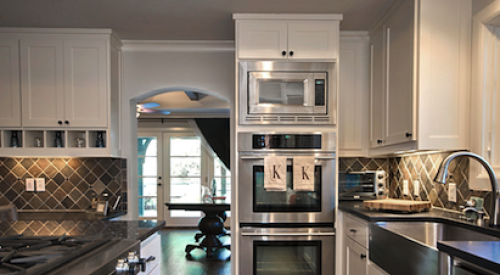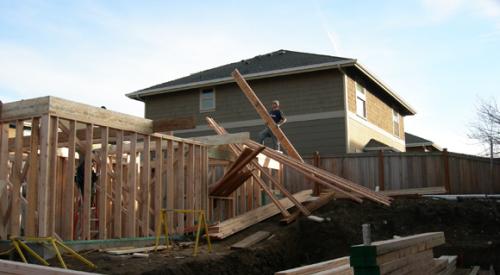It is hard to believe that the first personal computer was developed just 20 years ago. It is equally hard to believe how that single device has change the American business landscape in the intervening years. What is hard to believe is that, in large measure, the computer revolution--or at least its most talked about benefits--largely have missed home builders.
Now certainly, home builders are using technological tools; to think otherwise is ridiculous. But in PB’s just completed management practices survey we found that most home builders still don’t recognize--or benefit from--the power computer technology has to impact their operations. Too many builders regard computers as nothing more than a sophisticated variation of the manual ledgers of old. An understanding that computers can be a tool to analyze data to study what may be and then plan the future is missing in all but a few firms.
|
|
| Builder Organizations Areas of Builder Activity Profit Highest on Single Family Hiring Practices Financial Reporting Management Processes |
This failure to recognize the benefits of technology and use it to plan the future is the most likely cause behind the surveys second startling finding--that only 35.5% of the respondents realized a 1998 net profit of more than 11%. That 64.5% of builders realize a "reward" of 10% or less is certainly not commensurate with the risk inherent in building homes. Most firms, 35%, recorded profits between 6% and 10%, though a significant percentage, 20.6%, were only the 1% to 5% range.
In an economy as robust as the one enjoyed by builders in recent years, that profit percentages are so low (or non-existent) for so many suggests two things:
1) Management oversight of the business is taking a backseat to the demand for housing. Among small volume builders, just keeping pace in the field requires the extras hours usually devoted to the business side of building.
2) The seat-of-the-pants nature of home building--most evident in the smallest firms that make up the largest segment of builders--isn’t changing. The attitude "build the house today and worry about the profit tomorrow" prevails though the tools to monitor the building process are readily accessible.
This seat-of-the-pants, day-to-day management method in vogue in the industry is evident in all areas of the business and most obvious at the outset--only 35.6% of builders have a written statement of objectives for their organization. The number with a written annual business plan is 28.2%. Those with operations planned in writing for the next two years is only 17.9%.
The exception to this pattern is in current year financial statements. Roughly half of all builders have a written income/expense budge for the current year. While half is still low, it’s a significant increase from some of the other percentages uncovered in the survey. By far, accounting is the most systematic part of a builder’s business. It is the only area of operations where better than half of all companies, 52.3%, have a written policy governing operations and practices. Notably, 72.5% of respondents have written policies governing operations for subcontractors--most typically a contract.
The highest percentage--72.4%--is in response to the question of written quality standards for the finished product. This is good news, and not entirely surprising. The new home shopper today expects a written definition of quality before becoming a buyer. However, there is a catch-22 when the subject is quality. While more builders say they have adopted a written standard for quality in their business, only 38.5% have a formal quality control program. Knowing what quality is and practicing those same principles every day in the field are two very different things.
Spread Too Thin
Among all but the largest builders, managers must wear a lot of different hats--a possible explanation for the "manage as we go" style of operations in the industry. While nearly all firms centralize management in one location, only 22.8% of the respondents had executives other than the president. There also seems to be a belief among most president and CEOs that accidents don’t happen and people, i.e. them, will live forever. Nearly two-thirds of the respondents have no one in line--or in training--to take the CEO’s place. The situation is even worse for key managers: only 18.4% have identified individuals to replace them.
That home building is a business of entrepreneurs who believe in the craft and practice management when they have time is both its greatest strength and biggest weakness. The cyclical nature of the industry and the changing expectations of buyers requires that the practice of management receive the same attention and dedication as the craft.












